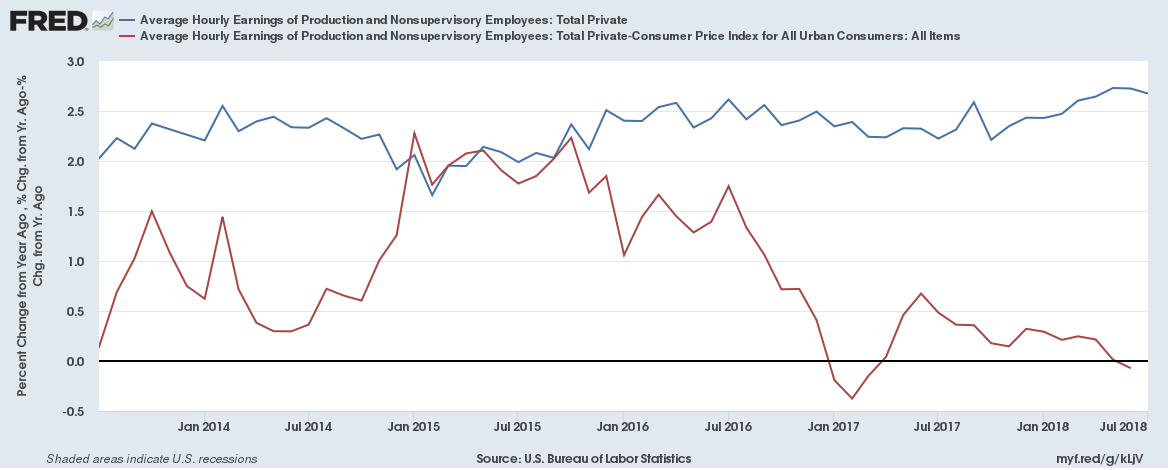September 01, 2016
The NYT had a piece headlined “economists discuss differences that divide them,” which contrasted the views on the economy of Michael Gapen, chief United States economist at Barclays, and Stephanie Pomboy, founder of MacroMavens, an independent economics consulting firm. The first item where they presented contrasting views was on consumption patterns.
While Gapen thinks consumption will be strong the rest of the year and beyond, Pomboy is quoted as saying:
“After the bursting of the housing bubble and the Great Recession, there has been a generational shift away from spending toward saving among consumers. The great consumer credit boom of the 1980s, 1990s and 2000s is over. The savings rate has moved higher and this new impulse to save leads to a sluggish pace for growth.”
Actually, this is an area where we have data, so we don’t just have to speculate about the future. Consumption has actually been quite high in recent years as shown below.

Consumption is almost 69 percent of GDP. The only time it has been a higher share of GDP was 2011 and 2012 when the payroll tax holiday was in effect, raising disposable income. So Ms. Pomboy is clearly mistaken on this point. Consumers obviously are quite willing to spend, and in fact are spending a considerably larger share of their income than in the 1980s, 1990s, or 2000s, the exact opposite of what she claims in this piece.







Comments